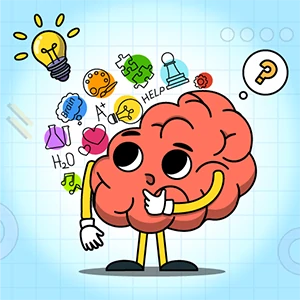Om Nom Run
Om Nom: Run is a running game set on the mean streets
of Nomville. Complete the set challenges on each level to succeed. There are
various power-ups and bonuses to help.
- Use a wide variety of reinforcement items: rockets, bouncing boots, magnets
and double gold coins will help you in the process. Run towards these items to
collect them, plus earn extra points!
-Om Nom and Om Nelle are the game's top stars, but there are more cool
characters and awesome costumes to unlock!
- Explore amazing locations: navigate busy streets, cluttered rooftops,
underground tunnels, robot factories, and other colorful levels!
- Climb the leaderboard: Get the highest scores in regular matches and dominate
the leaderboard!
 Recommend Games
Recommend Games
 Recommend Games
Recommend Games
 Recommend Games
Recommend Games













